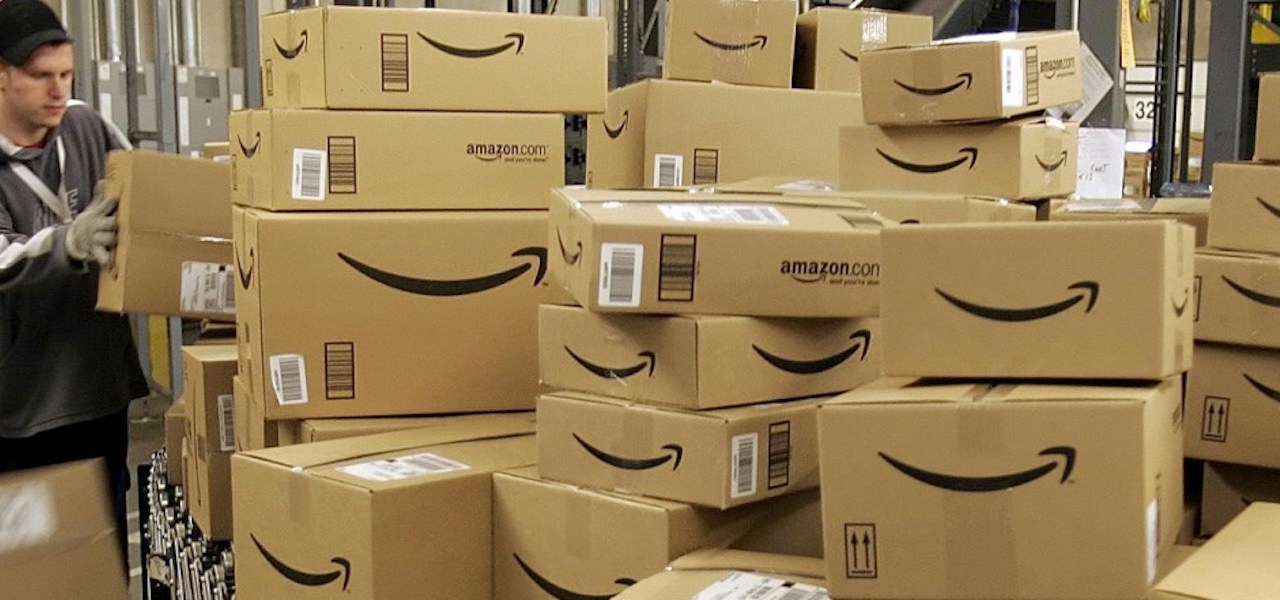Why Amazon is expanding shipping and logistics services

Amazon’s next move: Become a shipping and logistics provider for retailers, competing directly with third-party shipping companies. For sellers, it’s another option to ship their products quickly and efficiently to customers, and for Amazon, it’s another revenue source beyond the fees it collects from its fulfillment services.
Last week, the company reportedly offered sellers in the New York City, Los Angeles and Chicago areas the option to use its owned and operated shipping capability (called Amazon Shipping) to ship from sellers’ warehouses directly to customers, and not through its fulfillment centers. It takes Amazon’s delivery capabilities beyond multichannel fulfillment, a service that allows merchants to ship via Amazon’s fulfillment centers. It also marks another step in Amazon’s moves to build its homegrown logistics services. Meanwhile, the service reduces sellers’ reliance on third-party providers like UPS and FedEx.
An Amazon spokesperson wouldn’t confirm or deny the report, but said the company is always experimenting with new ways to get products to customers quickly.
Sellers are watching the news closely. Ryan Williams, a spokesperson for Rise Brewing, said it’s an interesting feature. Rise Brewing ships its Amazon and non-Amazon orders through Amazon’s multichannel fulfillment service (that is, through Amazon’s warehouses) and through FedEx. He said he’s satisfied with both avenues, but having Amazon ship directly to customers may offer more opportunities to add personalized touches to packaging. He said he thinks it would have a bigger impact on sellers that fulfill all orders themselves.
“The simpler your operations are, the better,” said Williams.
A more robust homegrown shipping capability reduces Amazon’s reliance on third-party delivery providers, letting it control more of the experience. It also solves a pain point for some sellers who experience problems when using third-party providers. Kiri Masters, CEO of Amazon agency Bobsled Marketing and a seller on Amazon, said the expansion of Amazon’s capacity to fulfill orders is a good thing for sellers reliant on third-party providers, because it’s sometimes not clear where to turn if there are problems.
“When my company ships inventory to Amazon FBA warehouses, we use the discounted UPS program within Seller Central; [In one instance] UPS was taking our boxes, taping over mailing labels, and repositioning them, and they were getting cut off and Amazon kept getting boxes that were not labeled correctly,” she said. “This is the kind of issue you deal with when you’ve got an intermediary like that.”
Ad position: web_incontent_pos1
Regardless of whether Amazon expands the current scope of its shipping business, it’s part of a longer-term strategy to grow its logistics services capabilities. In December, Amazon expanded its air fleet by 50 planes. It’s also opening several regional air hubs, including a $1.5 billion hub at Cincinnati/
“With Amazon, all through 2018, if you look to the quarterly results, they’ve typically seen a slowdown in retail growth,” he said. “As a company overall, it’s kind of in transition where it’s trying to rediscover its advertising business, they’re reworking AWS, so I believe that [with] the Amazon shipping network, it makes sense for them to start monetizing it from a non-Prime perspective as well.”
Looking longer term, with its extensive logistics network, shipping is an untapped opportunity for Amazon. According to a recent report which cited data from consultancy Shipmatrix, Amazon currently handles 10 percent of its own shipping traffic. Meanwhile, USPS handles 62 percent of Amazon’s traffic, UPS handles 21 to 26 percent and FedEx handles 8 to 10 percent. An owned and operated shipping service opens up possibilities to scale the service to companies outside of Amazon’s ecosystem.
“It’s similar to Amazon’s AWS cloud; it could potentially have much more use than utilized for Amazon itself, and could allow other retailers or brands achieve fast two-day shipping by using Amazon’s infrastructure,” said Juozas Kaziukėnas, CEO of e-commerce research firm Marketplace Pulse.
Download Digiday’s guide to 6 ways Amazon will eat the media and marketing industries here.
—
Sign up for the Modern Retail Briefing to get retail news, analysis and insight delivered to your inbox every morning.

